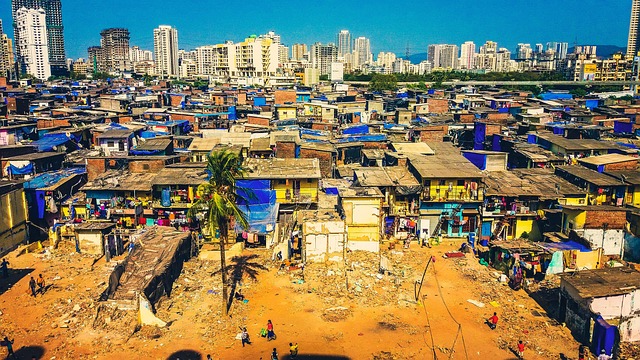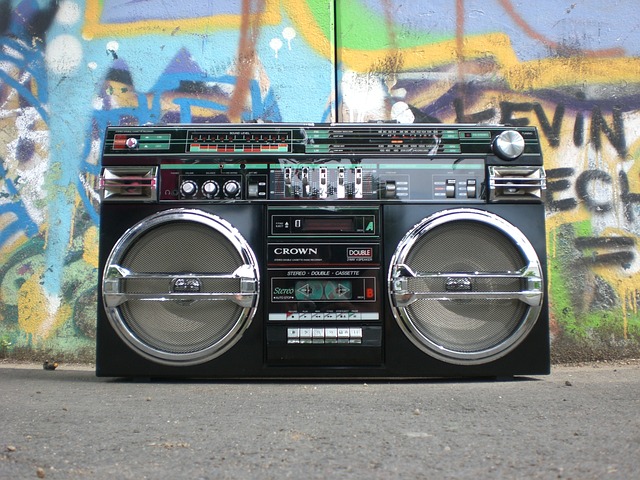
A ghetto can be a neighborhood in which a certain community of immigrants is centralized.
The etymology of the term ghetto is directly associated with a historical fact. In 1516 , the Jewish population living in the Republic of Venice was confined to the Ghetto , a neighborhood in Cannaregio . The concept later became a common noun of the Italian language ( ghetto ) and came to our language as ghetto.
Separate area
The first meaning of ghetto that the Royal Spanish Academy ( RAE ) mentions in its dictionary, therefore, refers to a Jewish quarter that is isolated or marginalized within a city . By extension, any area where individuals reside who are separated from society or who are discriminated against by the rest of the community is known as a ghetto.
A ghetto is an area that is set aside for a certain religious, ethnic, or other group. People who live in a ghetto can be more or less confined and remain there voluntarily or involuntarily, depending on the case.
Jewish ghettos
Throughout history , many times the Jewish community ended up in ghettos. That happened in Poland during the Nazi occupation, for example. In these Polish ghettos, Jews were forced to live in poor conditions, without basic services.
The Nazis also established ghettos in Hungary , Romania , Latvia , Belarus, and other countries . In this way they could control the Jews more easily.
Neighborhoods
Furthermore, neighborhoods that, for different reasons, bring together inhabitants of the same nation , ethnicity , etc., are called ghettos. In the United States , to mention one case, there are African American ghettos , Chinese ghettos and Latino ghettos . People are not forced to remain in such ghettos, although they may be forced to do so for social, cultural or economic reasons.
The emergence of these ghettos in North America is closely linked to episodes of immigration and migration within cities . If we go back to the 19th century, for example, the first form of ghetto took place in the German and Irish immigrant communities . Later and until the beginning of the 20th century, this was replicated by groups from different countries in the south and east of the European continent, among which we can mention Poland and Italy. It is necessary to point out that the level of segregation of these people was considerable for at least two generations, until their descendants had the opportunity to adapt and access a more equitable life.
We can mention the Lower East Side , a ghetto in Manhattan, New York, where immigrant communities predominate, especially of the Jewish religion, and also Hispanic Harlem , named in this way because it was a point of convergence of Puerto Rican immigration in the 1950s. The Italian ghettos are very numerous throughout the country, while others were concentrated in more specific areas ; Such was the case for Poles, who are found primarily in Pittsburgh and Chicago, and for Ukrainians and Russians, most of whom live in the New York neighborhood of Brighton Beach .
Returning to the African American ghettos, it is necessary to point out that their formation was especially influenced by the discrimination that these people have always suffered, including slavery, but especially until civil rights laws stopped adding obstacles to their integration.

Ghettos can arise from lack of opportunities and discrimination.
Wacquant's 4 logics
According to the sociologist Loïc Wacquant , we can observe a structure in the ghettos that is made up of four logics:
* tendency towards inequality;
* lack of opportunities for the workforce, with the consequent destructuring of the occupational base;
* reduction of the welfare society (the State does not provide the services due to all inhabitants);
* poverty is concentrated and stigmatized.
